Ammonium Thiocyanate
₹0.00 – ₹770.00
Ammonium Thiocyanate is a white crystalline salt that is highly soluble in water, primarily used in chemical analysis and as a precursor to other thiocyanate compounds. It’s also used in the textile and photographic industries, but requires careful handling due to its potential toxicity.
Ammonium thiocyanate is a versatile inorganic compound with a range of industrial and laboratory applications. Here's a more detailed description:
Chemical Properties and Characteristics:
- Chemical Formula: NH₄SCN
- Appearance: White crystalline solid.
- Odor: Odorless.
- Molar Mass: Approximately 76.12 g/mol.
- Solubility: Highly soluble in water, as well as in ethanol and methanol.
- Chemical Nature: It's an inorganic salt.
- Hygroscopic: It can absorb moisture from the air.
- Decomposition: Decomposes upon heating, releasing toxic fumes.
Applications and Uses:
- Chemical Analysis:
- A common reagent in analytical chemistry, particularly for the detection and determination of iron(III) ions.
- Used in titrations.
- Industrial Applications:
- Used in the textile industry as an auxiliary agent in dyeing and printing.
- Used in the photographic industry.
- Used in the production of thiourea and other thiocyanate compounds.
- Used in metal processing.
- Other Uses:
- Used in the production of resins and adhesives.
Safety Considerations:
- Toxicity:
- Ammonium thiocyanate can be toxic if ingested.
- It can cause irritation to the skin, eyes, and respiratory tract.
- When heated to decomposition, it releases toxic gases, including hydrogen cyanide and oxides of nitrogen and sulfur.
- Handling:
- It's essential to handle this chemical with care, using appropriate protective equipment, such as gloves, eye protection, and respiratory protection.
- Work should be performed in well-ventilated areas.
- Environmental Concerns:
- Thiocyanates can pose risks to aquatic enviroments.
Key Points:
- Ammonium thiocyanate is a useful reagent in chemical analysis and has various industrial applications.
- It's important to be aware of its potential toxicity and to handle it with proper precautions.
- the release of toxic gas when heated, is a serious concern.
Additional information
| Weight | N/A |
|---|---|
| CAS number | 1762-95-4 |
| Chemical formula | NH₄SCN |
| Molar mass | 76.12 g/mol |
| Physical state | White crystalline solid |
| Odor | Odorless |
| Melting point | 170°C |
| Boiling point | Decomposes before boiling |
| Density | 1.31 g/cm³ |
| Solubility in water | Highly soluble in water. |
| Flash point: | NA |
| Autoignition temperature | NA |
| Dye Content | NA |
| Vapor pressure | Negligible |
| UN number | 3077 (for environmentally hazardous substances, solid, n.o.s.) |
| Flammability | Non-flammable |
| Carcinogenicity | Not generally considered a carcinogen. However, upon thermal decomposition it can create very dangerous gasses. |
| Grade | CP |
| Size | 500 gm, 5 kg, 25 kg |
Only logged in customers who have purchased this product may leave a review.

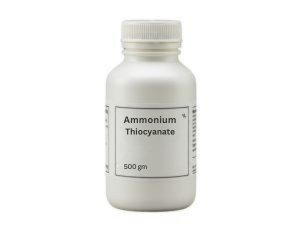
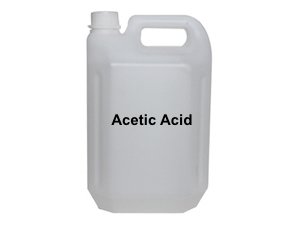
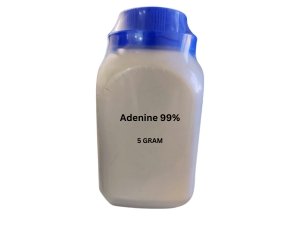

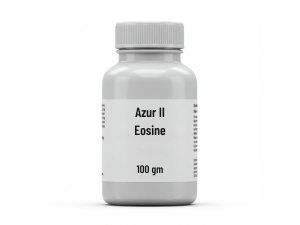
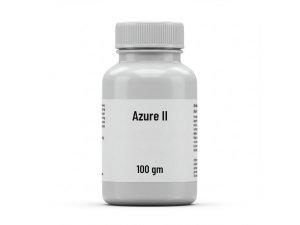
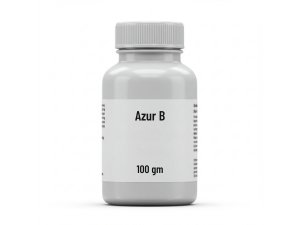
Reviews
There are no reviews yet.